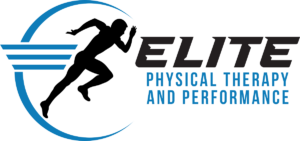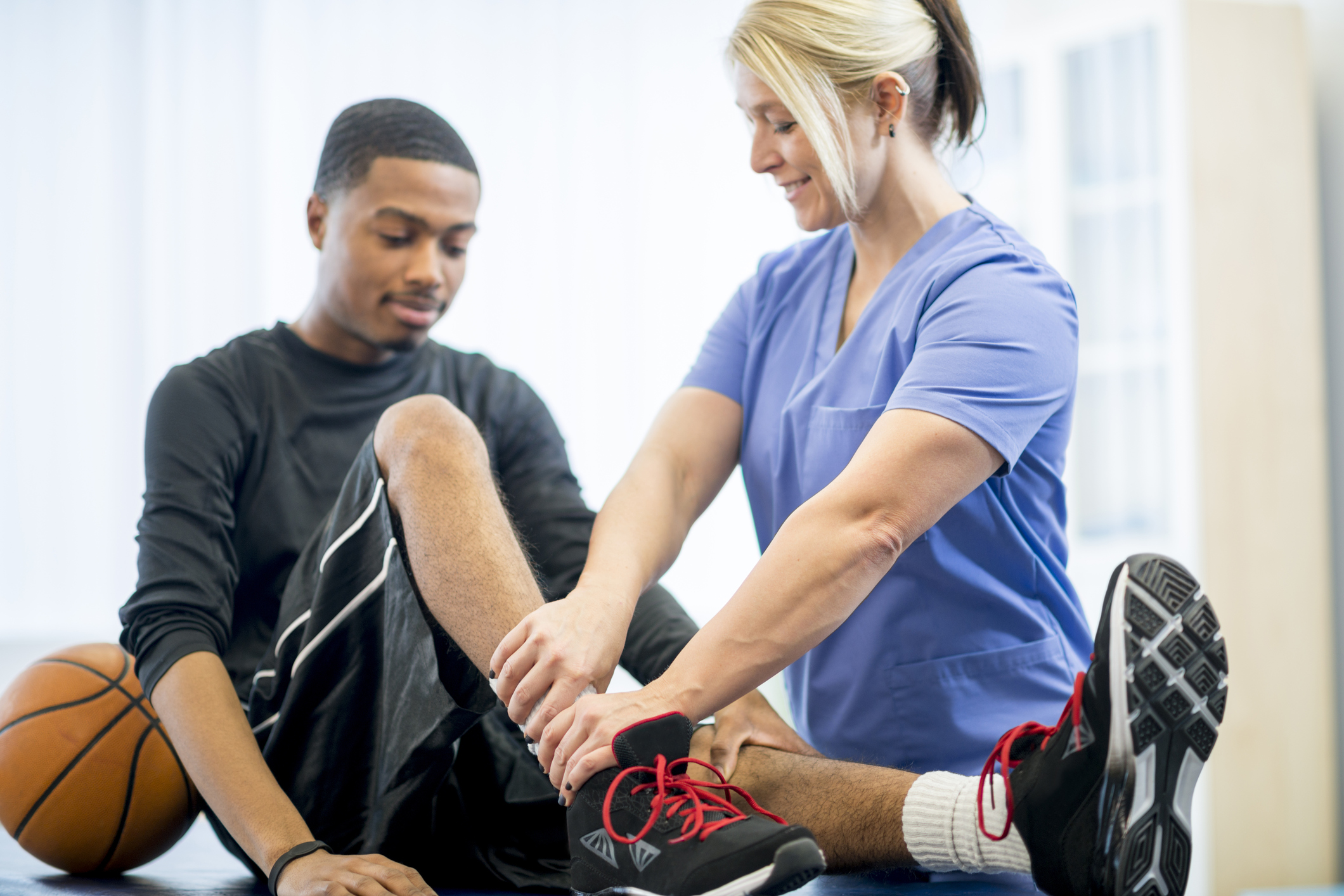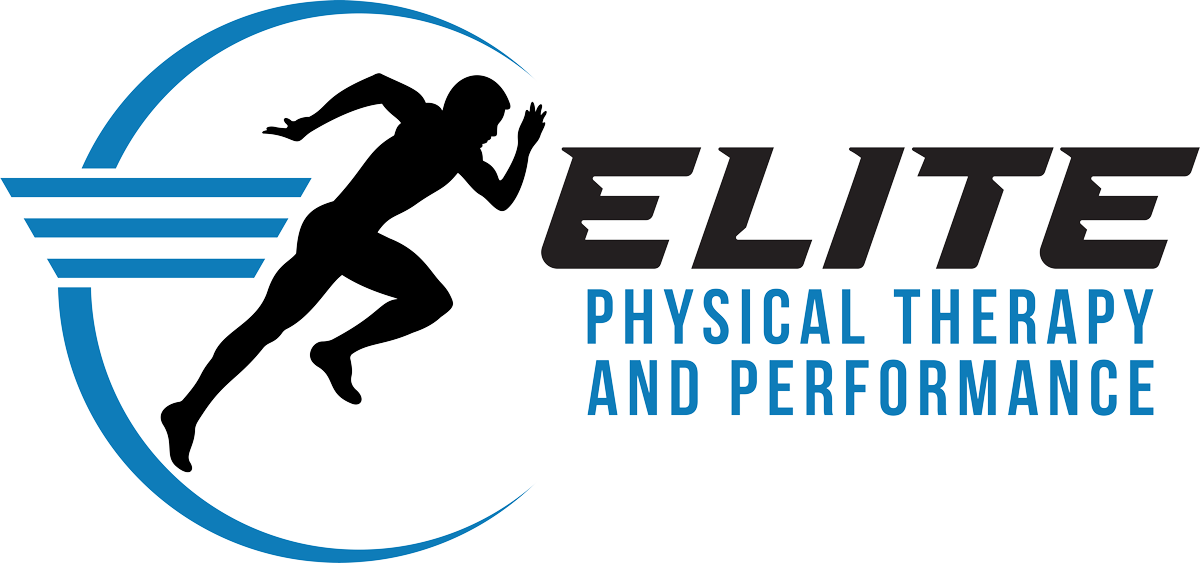Introduction:
Are you itching to get back on the field or court after an injury? Physical therapy can be a game-changer in helping you safely and effectively return to your favorite sports. In this blog, we’ll explore how physical therapy can support your journey back to sports and help you perform at your best.
1. Evaluation and Goal Setting:
Before diving into your sports-specific training, a physical therapist will assess your injury, functional abilities, and goals. They’ll work with you to create a personalized treatment plan that addresses your specific needs and helps you regain strength, flexibility, and stability.
2. Rehabilitation Exercises:
Physical therapy for returning to sports typically involves a combination of rehabilitation exercises. These exercises focus on improving strength, endurance, balance, and agility, targeting the specific muscles and movements required for your sport. Your therapist will guide you through a progressive program to gradually increase the intensity and complexity of the exercises.
3. Sport-Specific Training:
As you progress in your rehab journey, your physical therapist will incorporate sport-specific training into your program. This may involve drills, simulations, and exercises that mimic the movements and demands of your sport. By practicing these activities under the guidance of your therapist, you’ll regain confidence and enhance your performance on the field.
4. Injury Prevention Strategies:
Physical therapy not only helps you recover from an injury but also focuses on preventing future injuries. Your therapist will educate you on proper warm-up and cool-down techniques, stretching exercises, and strategies to improve your body mechanics and reduce the risk of reinjury. They may also provide guidance on appropriate footwear and equipment.
5. Return-to-Sport Testing:
Before giving you the green light to return to your sport, your therapist may conduct specific assessments or functional tests to ensure you’re ready. These tests evaluate your strength, balance, agility, and sport-specific movements to determine if you’ve reached the necessary level of readiness. If needed, your therapist will make any necessary adjustments to your treatment plan to address any remaining weaknesses or imbalances.
Conclusion:
Physical therapy plays a crucial role in helping athletes successfully return to their sports after an injury. By working closely with a skilled therapist, you can rebuild strength, improve performance, and reduce the risk of future injuries. Remember to listen to your body, follow your therapist’s guidance, and gradually ease back into full participation. With dedication and proper care, you’ll be back to your sport as soon as possible.






